Yi Sunsin Square (이순신광장)
2024-12-24
74 Jungang-ro, Yeosu-si, Jeollanam-do
+82-61-661-1746
Yi Sunsin Square is located in Jungang-dong, Yeosu-si and contains the history and achievements of General Yi Sunsin. The square is the starting point for the history culture tourism belt and the surrounding artifacts and in May hosts the Turtle Ship Festival. The main attraction in the plaza is the life-size turtle ship which visitors can not only view from the outside but also the inside. There are also various performances on Saturdays in the plaza.
Samyang Roundhill (삼양라운드힐 )
2025-11-05
708-9 Kkotbatyangji-gil, Daegwallyeong-myeon, Pyeongchang-gun, Gangwon-do
Samyang Roundhill welcomes visitors with refreshing, pure breeze and wide-open pastures, a perfect setting for a nature excursion. The Farm is a sanctuary for gentle herbivores like sheep, cows, and ostriches, living freely in this pristine environment. A farm ranch owned by Samyang Foods of the popular Buldak franchise, it opened in 1972 to provide quality protein to the people. In 2007, it became open to the public as a tourist destination. Not only can visitors enjoy feeding the animals, but it is the only ranch in Gangwon State where visitors can watch sheep herding against the backdrop of the beautiful scenic landscape. Merch, desserts, and other Samyang Foods product souvenirs are available at the gift shop.
Pyeongchang Yukbaekmajigi (평창 육백마지기)
2025-07-21
583-76 Cheongoksan-gil, Pyeongchang-gun, Gangwon-do
+82-33-330-2771
Yukbaekmajigi refers to the peak of Cheongoksan Mountain on the southern side of Pyeongchang-gun, Gangwon-do. The large field is the size of six soccer fields and is 1,256 meters above sea level. The name comes from the saying that the field is large enough to spread 600 mal (Korean unit of measure) of rice seeds. Yukbaekmajigi is easy to reach by car and is becoming a popular eco-friendly tourist attraction. The view from the peak includes an open view of 20 large wind power generators on the vast field. There are also various photo zones for visitors.
Gyeongju Daereungwon Ancient Tomb Complex (경주 대릉원 일원)
2025-10-23
9 Gyerim-ro, Gyeonju-si, Gyeongsangbuk-do
+82-54-750-8650
Gyeongju Daereungwon Tomb Complex consists of five tombs, Ancient Tombs of Gyeongju Nodong-ri, Noseo-ri, Hwangnam-ri, Hwango-ri, and Inwang-ri. The tombs are distributed in Hwangnam-dong, Gyeongju-si, and are located in the Daereungwon area. Within Daereungwon Tomb Complex is Cheonmachong Tomb, which was excavated in 1973. Furthermore, Hwangnamdaechong Tomb was excavated between 1973 and 1975, and is a set of twin tombs belonging to a presumed married couple.
Gyeongju Bomunjeong Pavilion (보문정 (경주))
2022-05-06
Sinpyeong-dong, Gyeongju-si, Gyeongsangbuk-do
+82-54-745-7601
Bomunjeong Pavilion has a beautiful scenery and was listed on CNN's "50 Beautiful Places to Visit in South Korea." The octagonal pavilion and two ponds are surrounded by cherry blossom trees and maple trees making it a must-visit spot all year round.
Hwang Nyong Won (황룡원)
2025-03-14
40 Expo-ro, Gyeongju-si, Gyeongsangbuk-do
+82-54-760-0500
This unique architecture is a reinterpretation of the Hwangnyongsa nine-story pagoda format from the Silla period using modern science technology and architecture methods. The building has become a new landmark in Bomun Tourist Complex and is also used as a training institute that offers meditation programs. There are simple one-hour programs or overnight tour courses available through prior reservation.
Dolsanhang Port (돌산항)
2022-05-09
26, Mangwoldae-gil, Yeosu-si, Jeollanam-do
+82-61-659-5696
Dolsanhang Port is located on Dolsando Island in Gunnae-ri, Yeosu-si. It is a famous market for live fresh fish and a distribution center for seafood in the area. Yeosu local seafoods such as cuttlefish, octopus, and rock bream are available, however only wholesale auction is available. Regular visitors must purchase seafood through a middleman.
Mokpo Seosan-dong Borimadang & Sihwa Village (목포 서산동 보리마당&시화마을)
2024-05-31
14-2 Haean-ro 127beon-gil, Mokpo-si, Jeollanam-do
Sihwa Village in Seosan-dong is a place that conjures up feelings of nostalgia for the bygone days, home to a beautiful view of the harbor, the sea, and the villages atop Borimadang. Popular tourist sites include the Sihwa Alley, decorated with residents’ writings and pictures, and Yeonhee’s Supermarket, the filming location of “1987: When the Day Comes (2017).” Yeonhee’s Supermarket, in particular, offers photo spots and experiences that recreate scenes from the film.
Nonsan Tapjeongho Suspension Bridge (논산 탑정호 출렁다리)
2022-12-29
Jongyeon-ri, Nonsan-si, Chungcheongnam-do
+82-41-746-6645
Tapjeongho Suspension Bridge is located in the second biggest lake in Chungcheongnam-do. With clear waters from Daedunsan Mountain filling the lake, visitors can enjoy beautiful sunsets as well as various water sports.
Jecheon Oksunbong Suspension Bridge (제천 옥순봉 출렁다리)
2022-04-08
342, Oksunbong-ro, Jecheon-si, Chungcheongbuk-do
+82-43-641-6738
Near one of Korea's Scenic Spot, Oksunbong Peak, Oksunbong Suspension Bridge provides visitors with a thrill stretching 222 meters long, 1.5 meters wide. The Deck Road and trekking trail made of palm tree mat completes the total length of 944 meters. Visitors can also easily get to Cheongpungho Lake and Oksunbong Peak.
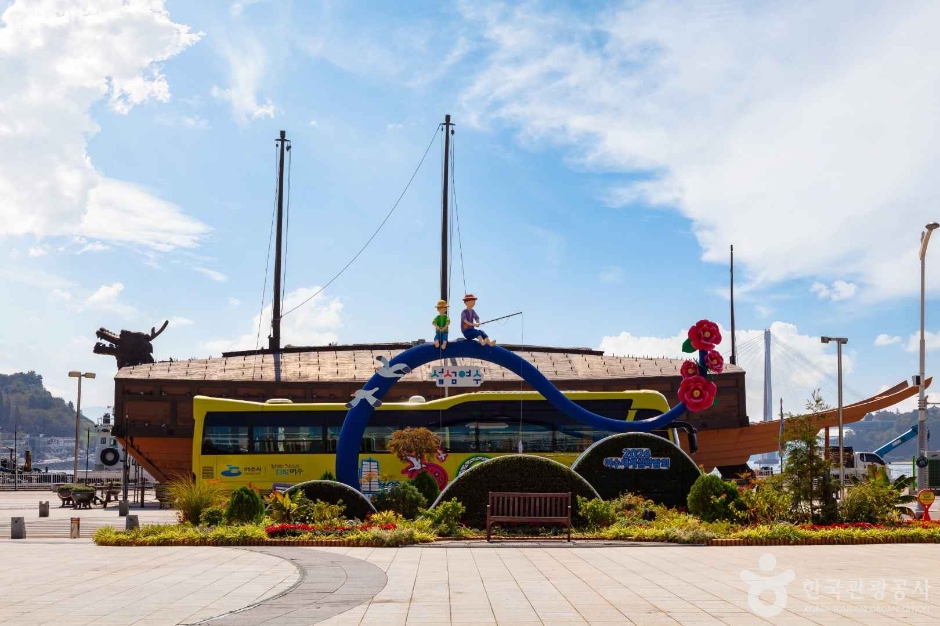
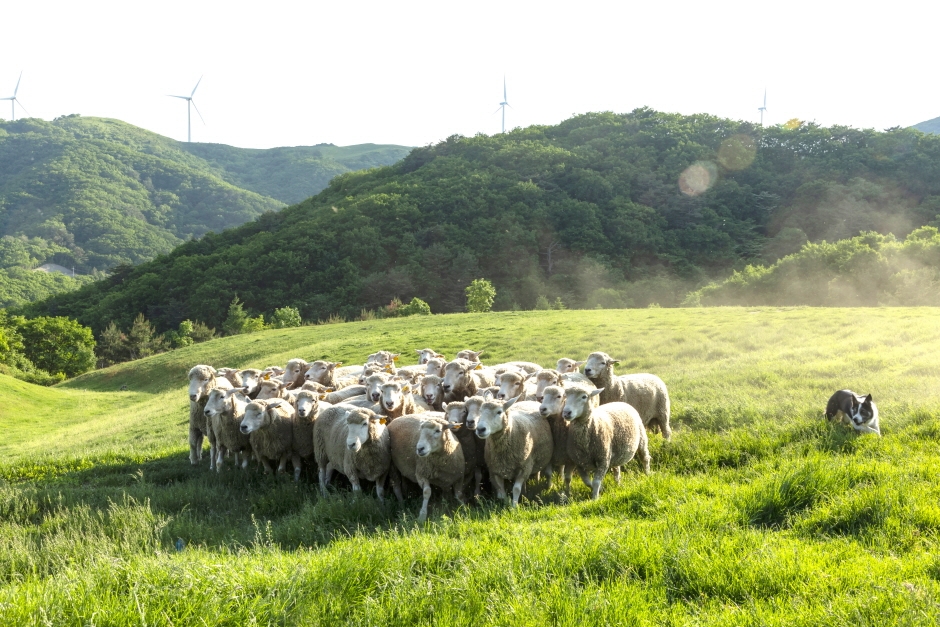
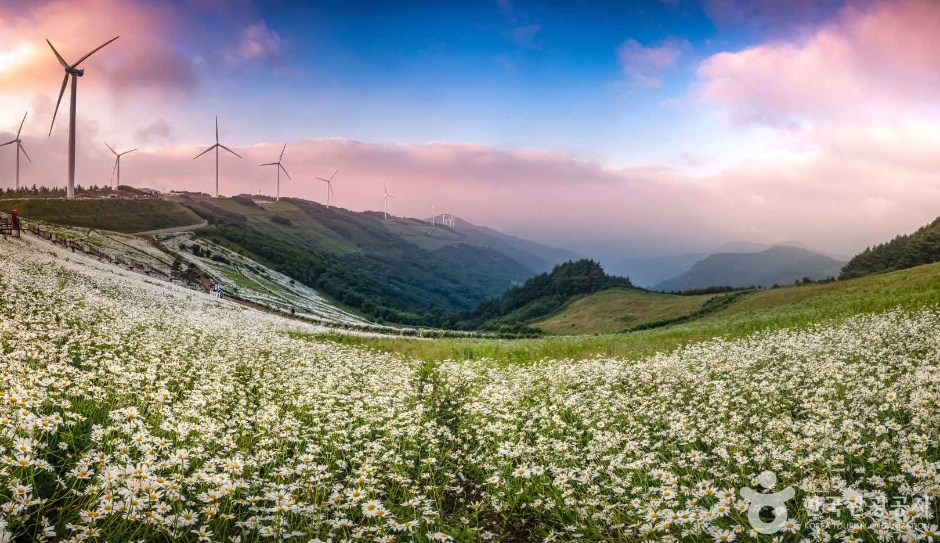
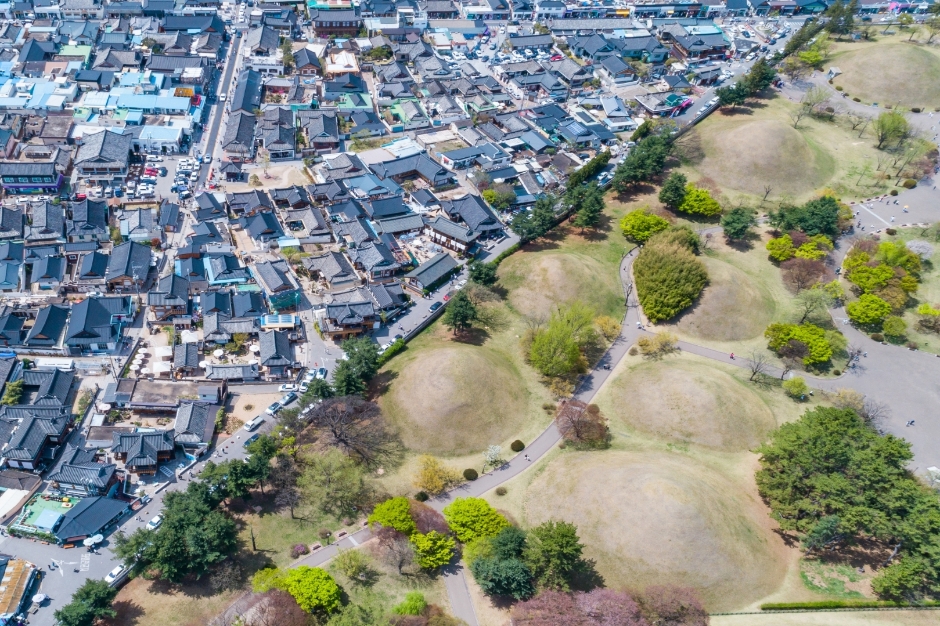
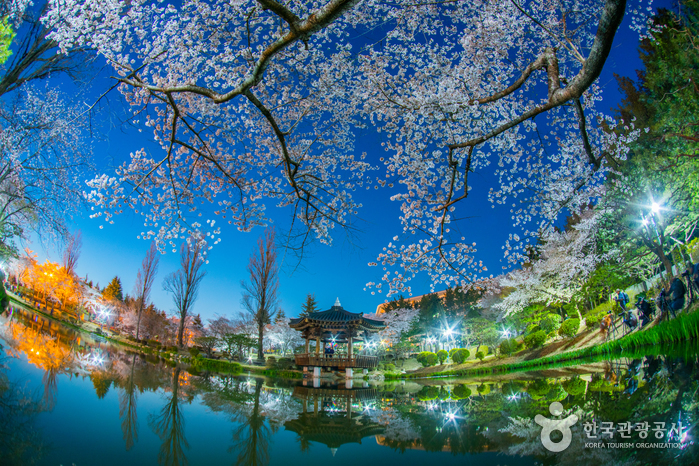
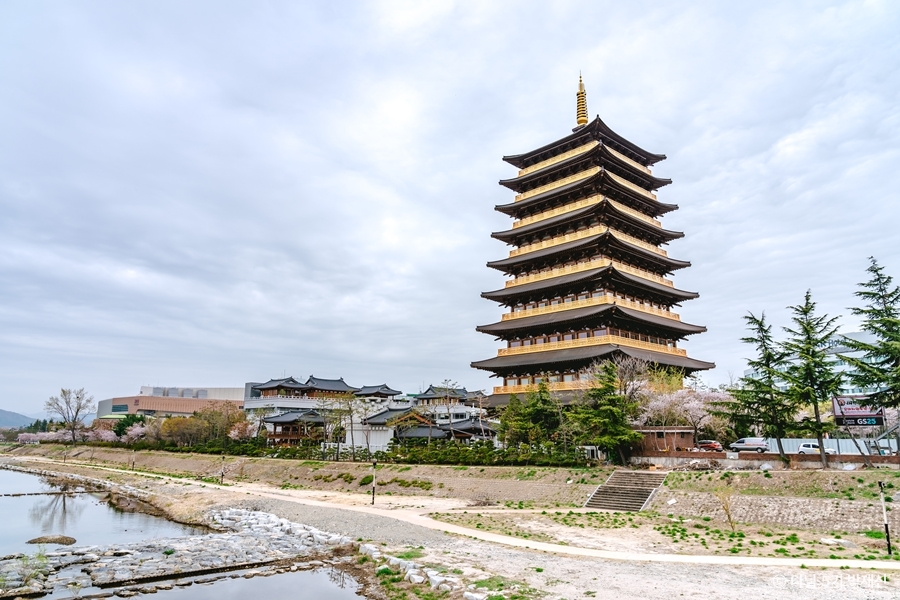

 English
English
 한국어
한국어 日本語
日本語 中文(简体)
中文(简体) Deutsch
Deutsch Français
Français Español
Español Русский
Русский